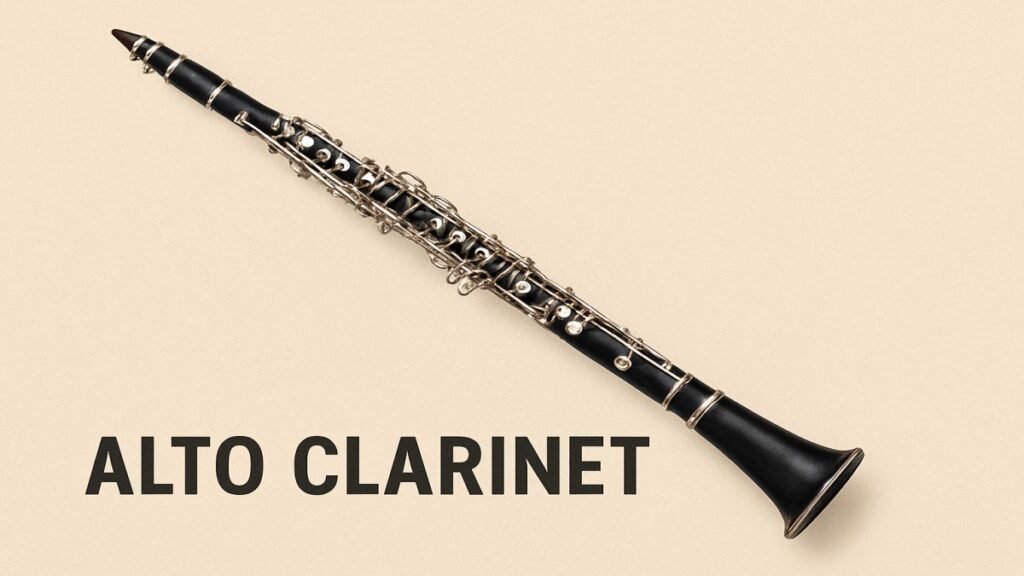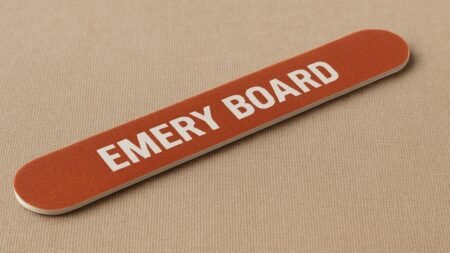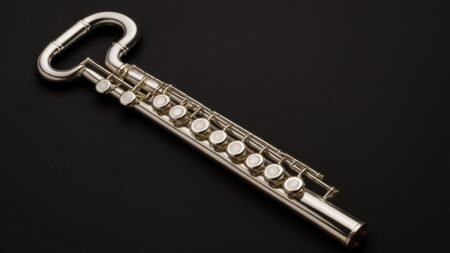What Is the Alto Clarinet and Why Should You Care?
Alto Clarinet. Let’s be honest when most people think of clarinets, they picture the standard B♭ clarinet or the deeper, moodier bass clarinet. But there’s one hidden gem nestled right between them: the alto clarinet. This mid-range member of the clarinet family has a unique voice, understated power, and rich tone that deserves a spotlight.
A Quick History Lesson
The alto clarinet has been around since the 18th century, though it didn’t really take off until the 1800s. Designed to bridge the tonal gap between the B♭ and bass clarinet, it found a comfortable home in wind ensembles and concert bands. Famous makers like Buffet Crampon and Leblanc helped define its form and tone.
Let’s Talk Design
The alto clarinet is pitched in E♭, which places it a fourth below the standard B♭ clarinet. It typically features a curved metal neck and bell, giving it a saxophone-like appearance but with clarinet mechanics.
It’s longer, heavier, and requires more air support than a B♭ clarinet. And because of its lower pitch, it plays a rich, mellow tone that blends beautifully in ensemble settings.
Where Does the Alto Clarinet Fit?
While it’s not as common in orchestras, the alto clarinet shines in:
- Concert bands
- Wind ensembles
- Clarinet choirs
- Some chamber music setups
It fills in harmony lines, offers tonal depth, and helps smooth transitions between clarinet sections.
Alto Clarinet vs. Bass Clarinet
Think of the alto as the middle child—less dramatic than the bass, but with its own confident presence. The alto has a lighter, woodier tone, while the bass is darker and fuller. Both are essential, but the alto’s agility makes it ideal for harmonic support and lyrical lines.
Repertoire Worth Exploring
Though limited, there are original compositions for alto clarinet, especially in contemporary classical and experimental jazz. Some composers use it for its haunting, almost voice-like quality. It’s also often used in arranged parts for clarinet choirs and wind ensembles.
Famous (But Rare) Alto Clarinetists
You might not find household names, but some band directors, soloists, and clarinet innovators have made names for themselves on this instrument. Players like Michael Drapkin and Stanley Drucker have advocated for expanded use of low clarinets, including the alto.
What Makes It Hard to Play?
- Intonation can be tricky due to the larger bore and tuning instability.
- Finger stretches can be uncomfortable, especially for those with smaller hands.
- It takes strong air support to produce a consistent sound.
But with practice, these challenges become part of the journey—and the reward is worth it.
Why Isn’t It More Popular?
Truthfully, it’s a mix of limited solo repertoire, expense, and its subtle tone that often gets overshadowed in larger groups. Some schools don’t even carry alto clarinets anymore, focusing instead on B♭ and bass.
A Quiet Comeback
In recent years, composers and educators have been revisiting the alto clarinet. It’s showing up in new arrangements, clarinet festivals, and even on social media, where niche instrumentalists are finding big audiences.
Thinking About Buying One?
For students, look at used models from brands like Selmer, Jupiter, and Yamaha. Professionals might go for Buffet Crampon Prestige or Leblanc models, known for better tuning and craftsmanship.
Expect to pay more than a student B♭ clarinet, but less than a professional bass clarinet.
Taking Care of Your Alto Clarinet
- Swab after each use to prevent moisture buildup.
- Use a reed case and rotate reeds to extend their life.
- Avoid extreme temperatures—wood and metal can warp.
Treat it like a hybrid of saxophone and clarinet when it comes to maintenance.
Conclusion: The Alto Clarinet’s Quiet Strength
It may not always get the attention it deserves, but the alto clarinet plays an essential role in the world of woodwinds. Its unique tone, supportive role, and deep character make it a hidden treasure in any ensemble. Whether you’re a clarinetist looking to expand or just curious about musical underdogs, the alto clarinet is worth a listen—and maybe a play.
FAQs About the Alto Clarinet
1. Is the alto clarinet hard to play?
Not really, but it does require more air and attention to tuning than the B♭ clarinet.
2. What key is the alto clarinet in?
The alto clarinet is pitched in E♭.
3. Is the alto clarinet used in orchestras?
Rarely. It’s more commonly found in wind ensembles and concert bands.
4. Can I use the same reeds as a B♭ clarinet?
No. Alto clarinets typically use larger reeds, often similar to bass clarinet reeds.
5. Why choose an alto clarinet over a bass clarinet?
For its lighter tone, easier agility, and unique harmonic role in ensembles.








